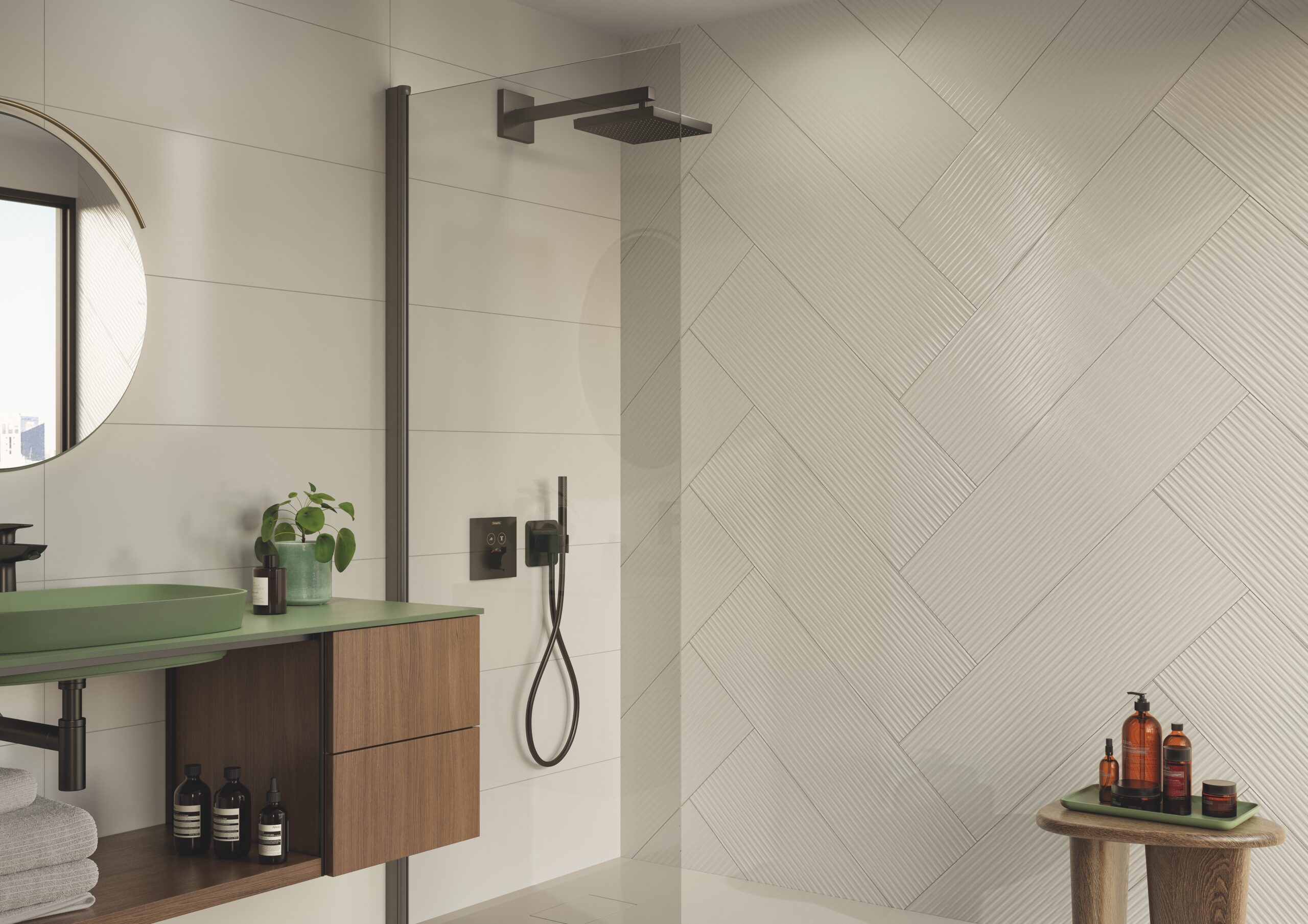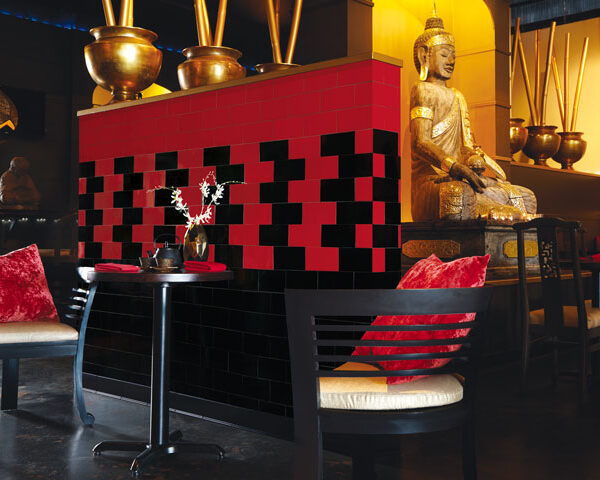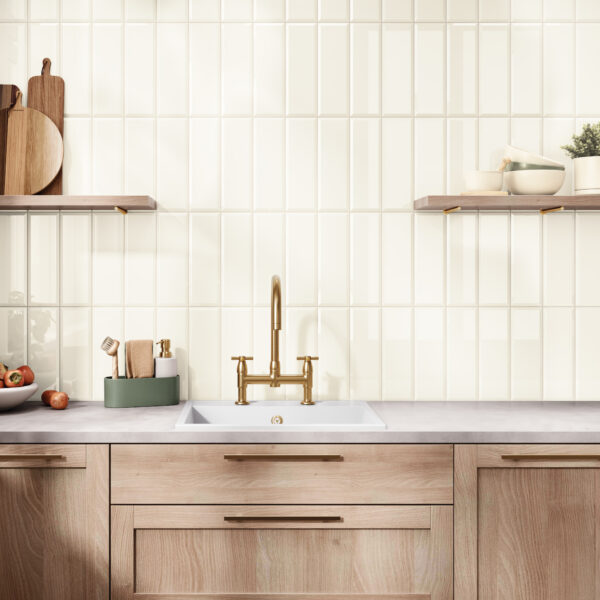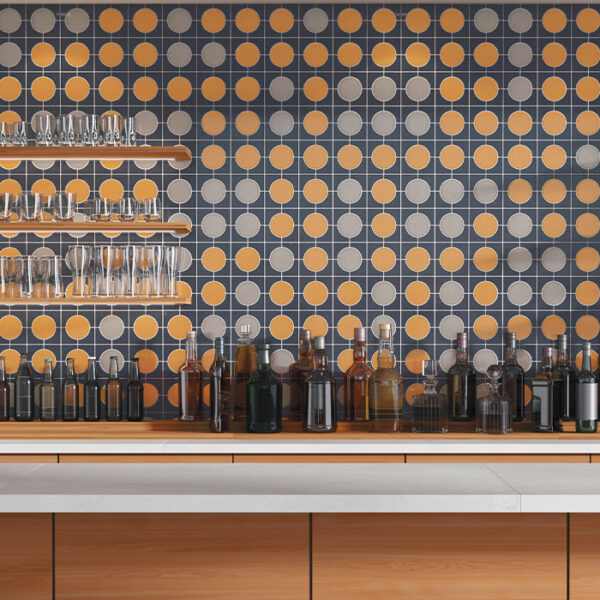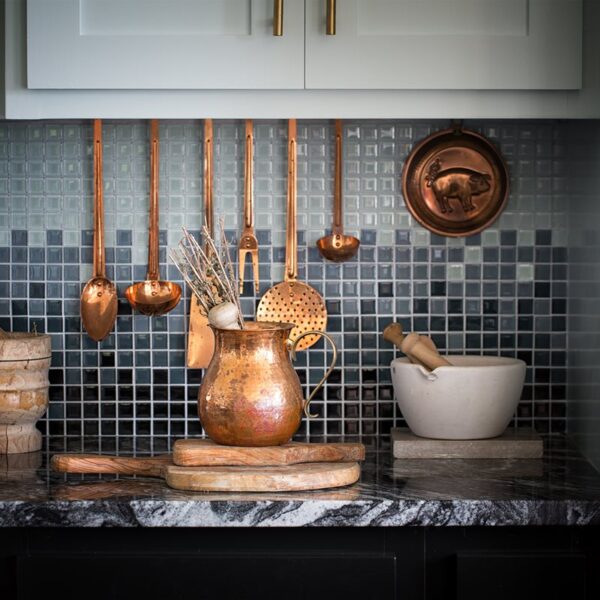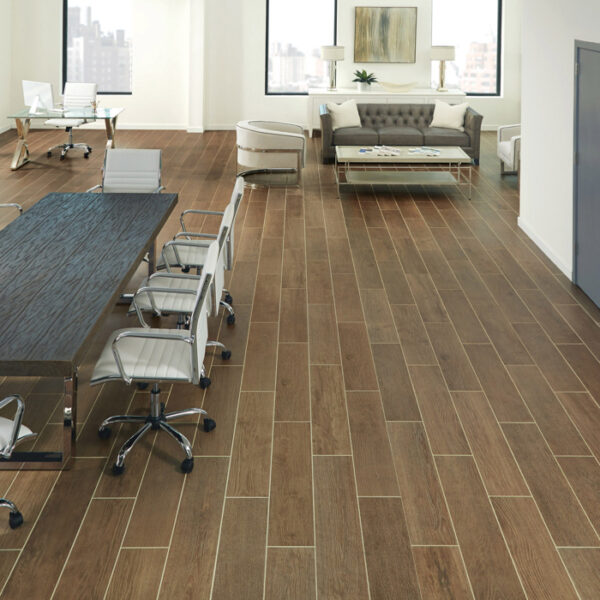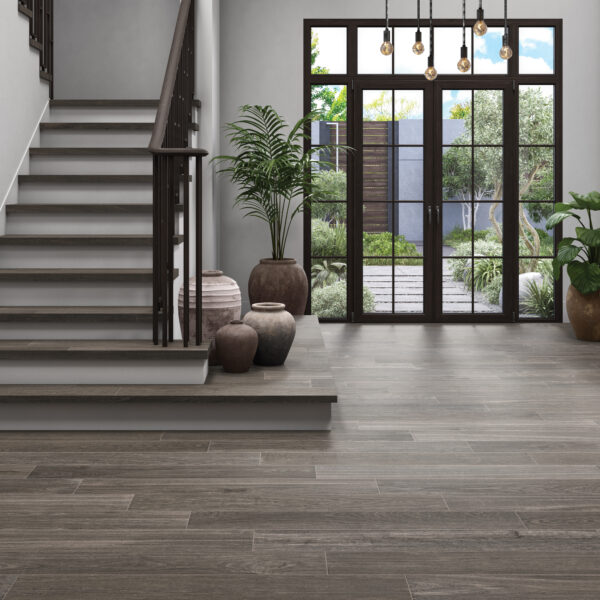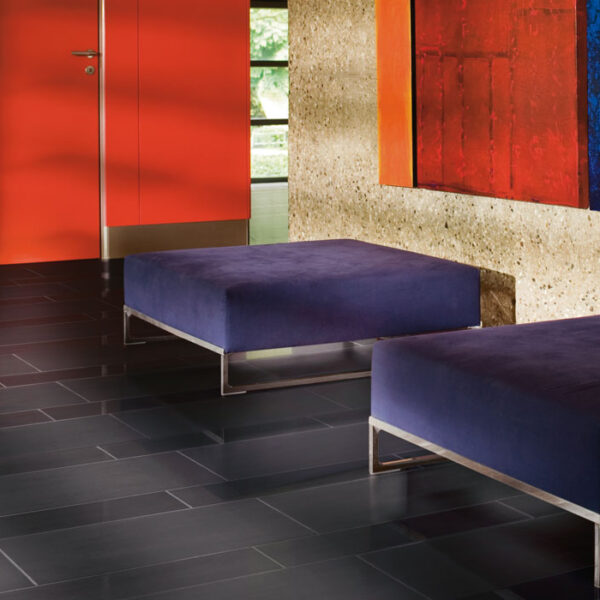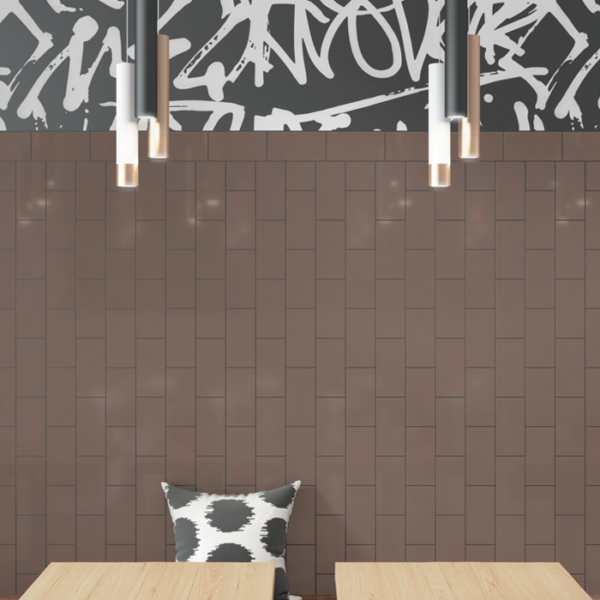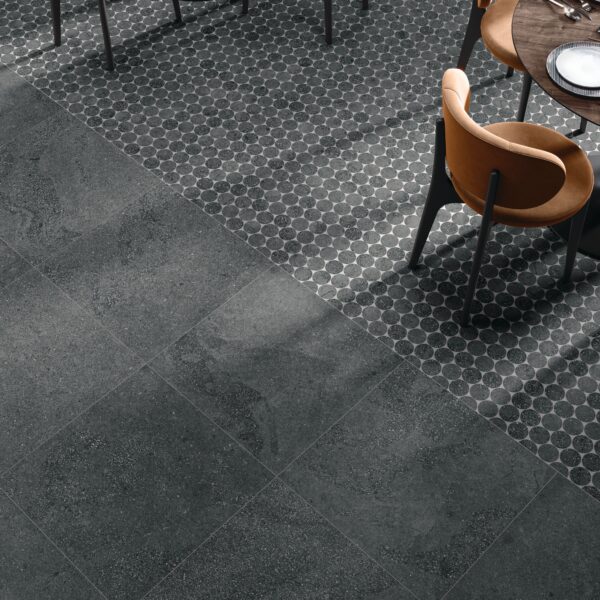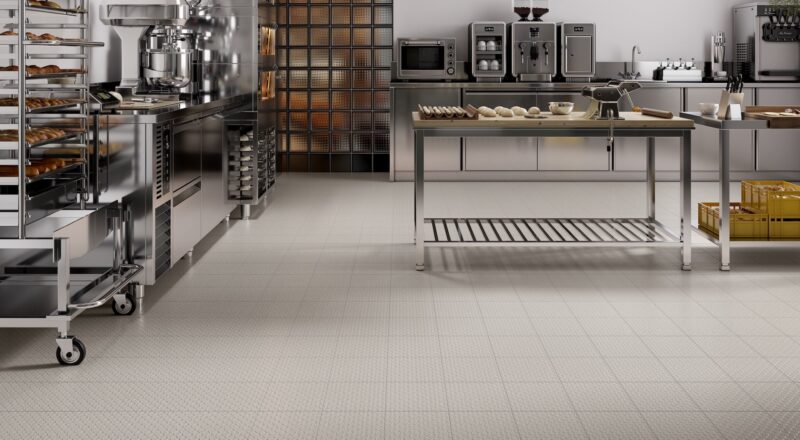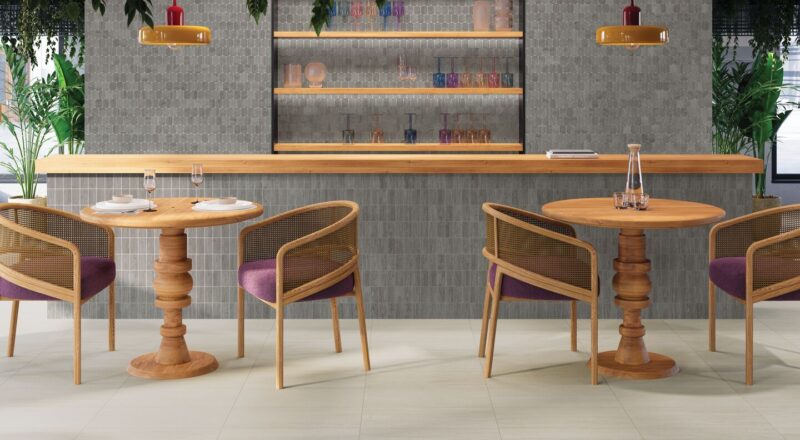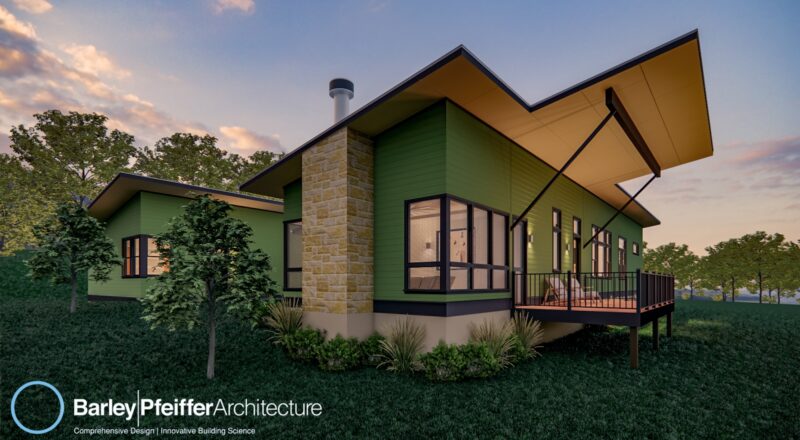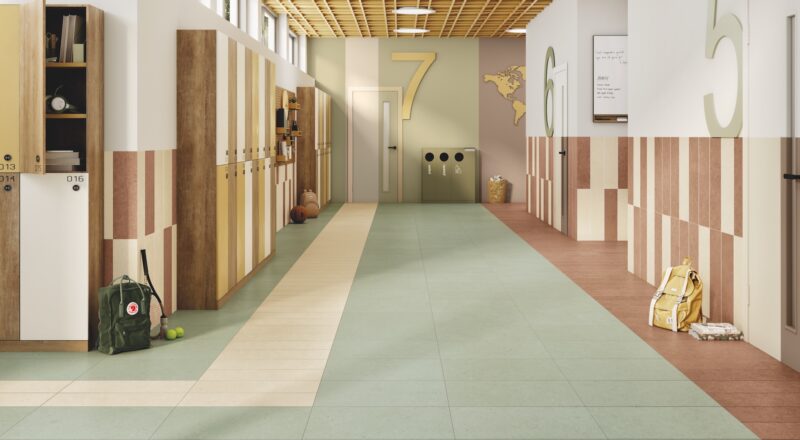Classic Tile Patterns, Fresh Perspective
Horizontal brick (aka running bond):
Horizontal tile patterns are still a go-to for a reason. This classic tile pattern is clean, timeless, and works well in almost any setting. On walls, it gives you that recognizable subway tile look. On floors, it creates structure and visual flow without feeling too formal.
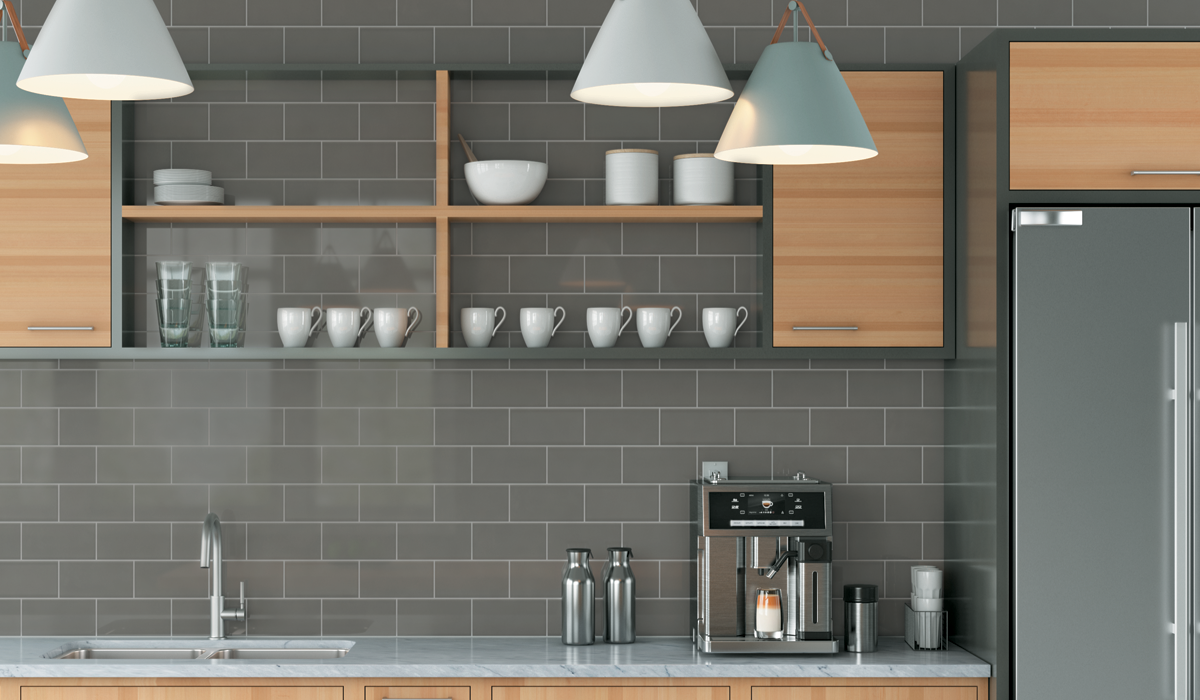
Staggered Brick (aka offset)
Staggered brick is similar to horizontal brick, except that the tiles overlap the tile above by at least one-quarter instead of half, creating a softer, more natural look.

Offset Plank: The Go-To for Wood-Look
An offset plank pattern is a natural fit for wood-look porcelain tile, like our Rural Retreat™ and Nest™. A 25% to 35% offset creates a realistic hardwood appearance while minimizing lippage. (Lippage refers to the difference in elevation between two adjacent tiles that are installed on the floor or wall. When tiles are longer than 15 inches, there is a higher possibility that they are not completely flat. Crossville® recommends an offset of no greater than 33% for tiles 15 inches or more.)
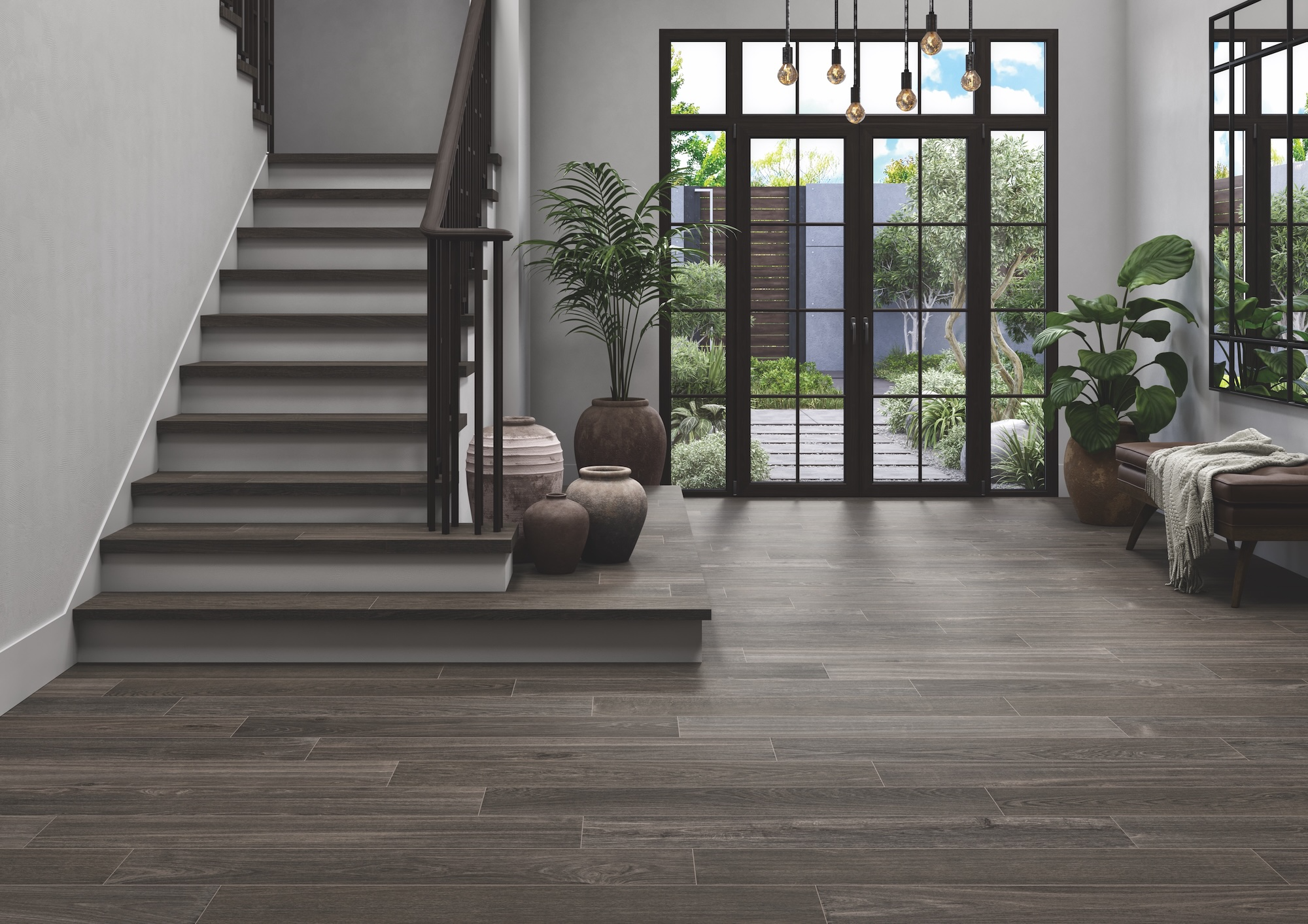
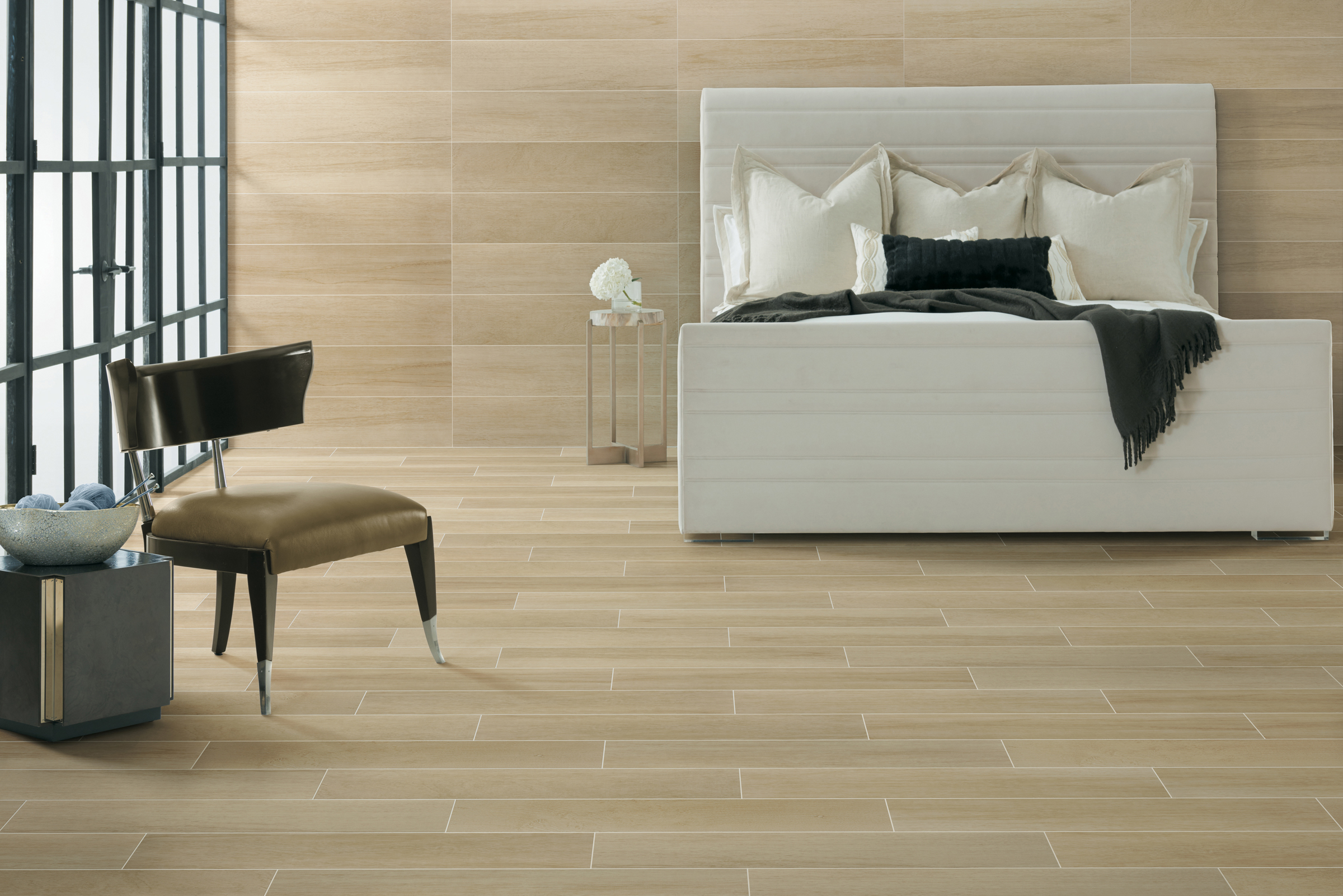
Horizontal Stack
One of the easiest subway tile patterns to install is the stacked bond pattern (also called straight set or straight lay). Same-size tiles are aligned in evenly stacked rows to create a minimalist pattern that gives spaces an orderly look and contemporary edge.
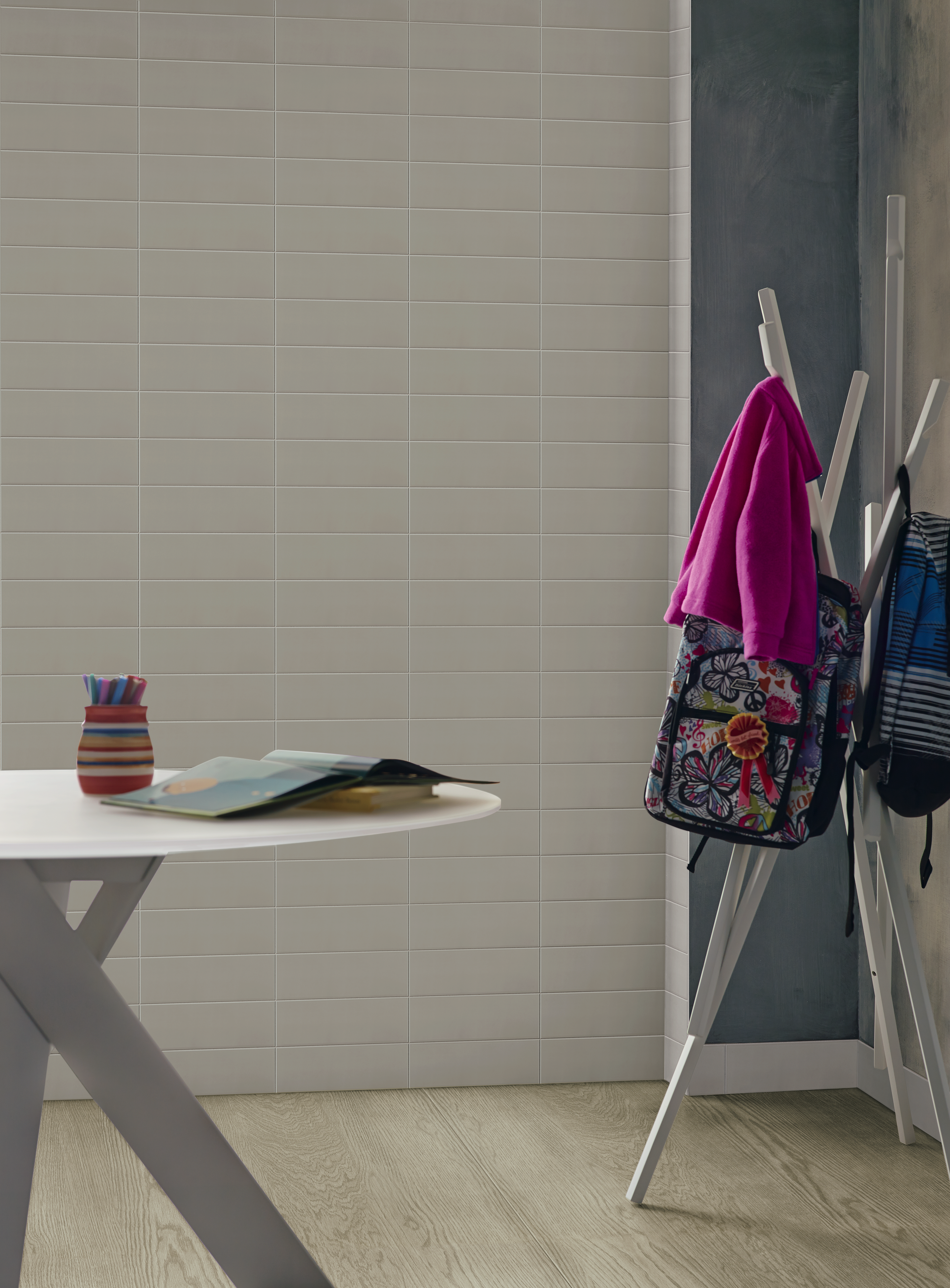
Vertical Stack and Vertical Brick
Want height? Go vertical. These tile layouts stretch the eye upward and work beautifully with ceramic or porcelain tile in modern bathrooms, kitchens, or entryways.
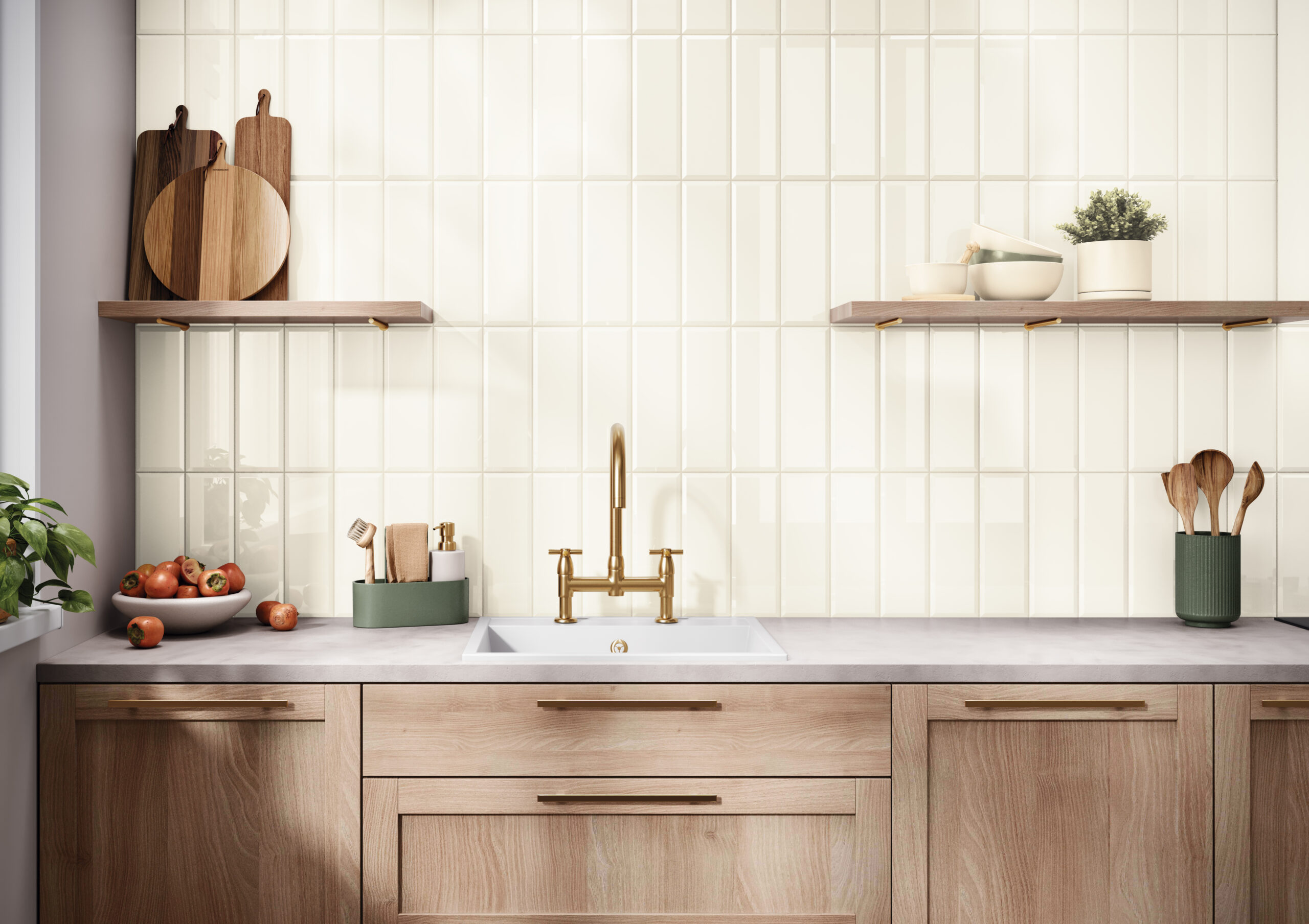
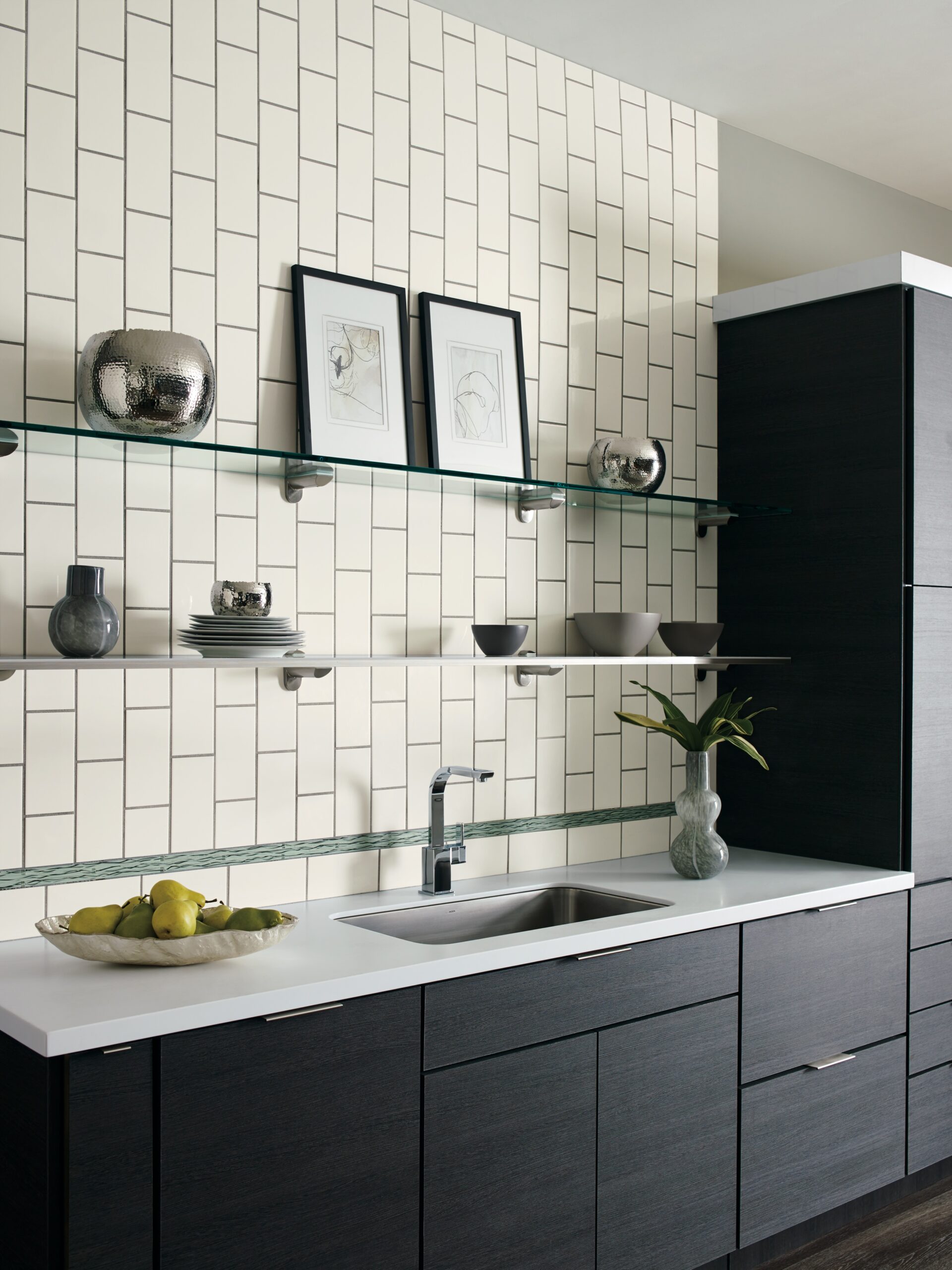
Diagonal Staggered
Not your typical layout—and that’s the point. This angular pattern adds energy and movement to both floors and accent walls. Perfect if you’re after something less expected.

Patterns with Shapes
Cursive™ and Snippet™ Ceramic Wall Tile Collections
Feeling creative? These customizable wall tile collections are all about mixing shapes, sizes, and trending colors. Whether it’s Cursive’s circles and half-moons or Snippet’s soft geometrics, both offer pattern visualizers that help you explore layouts before installation. You can play with combinations to create a tile pattern that’s 100% your own.
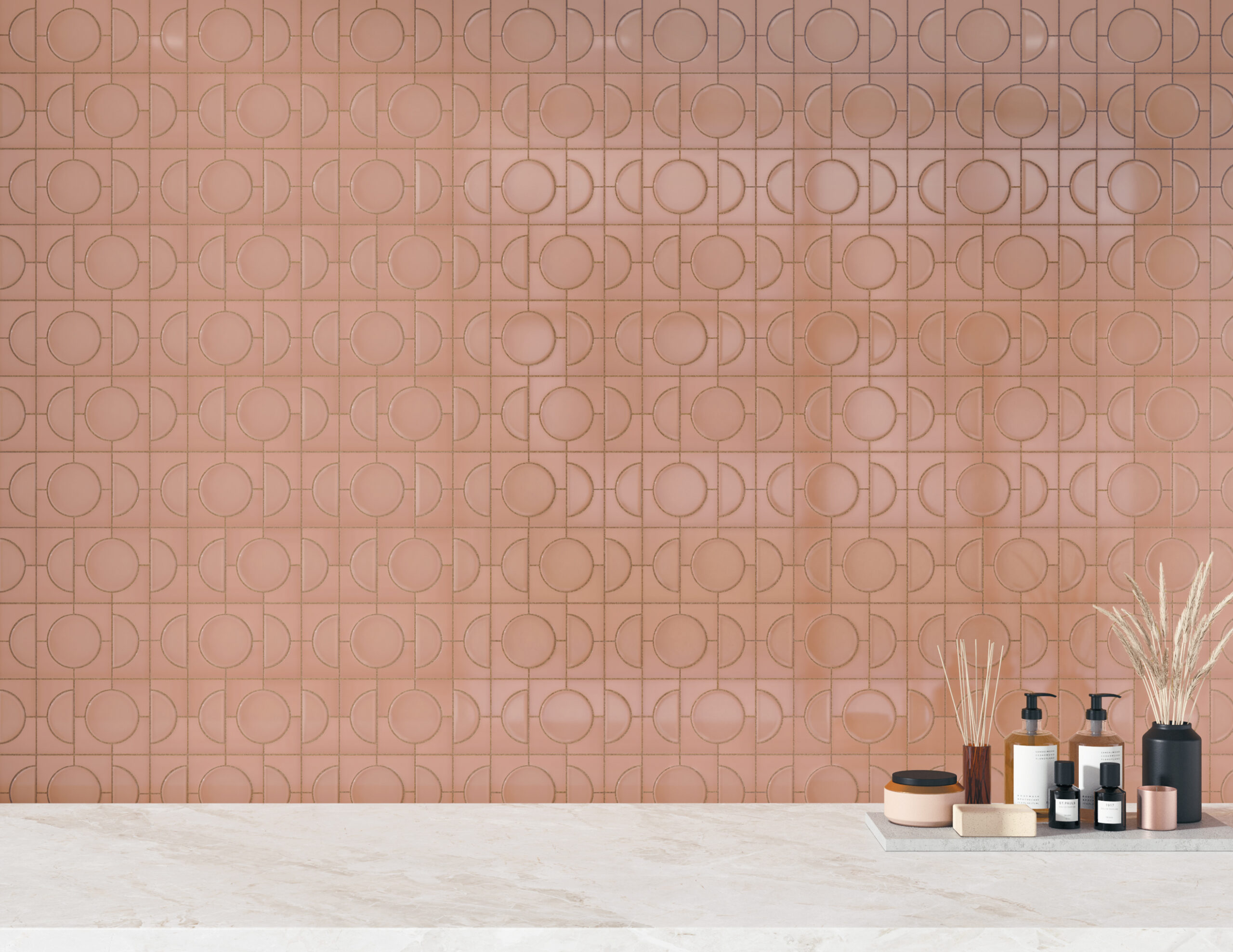

Parquet Patterns
Also known as a crosshatch pattern or finger blocks pattern, a parquet pattern is a multi-directional woven pattern, meaning the tiles run in both directions equally.
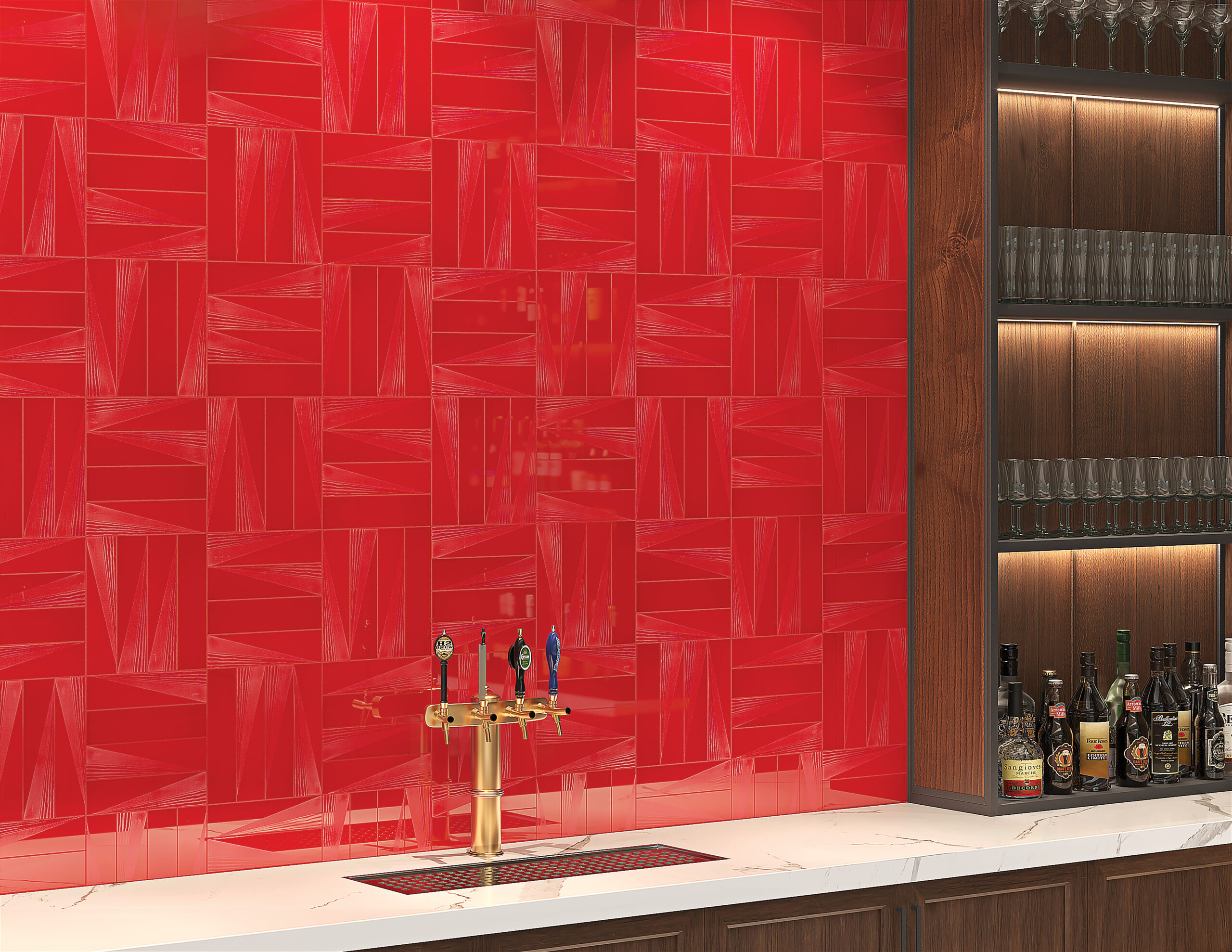
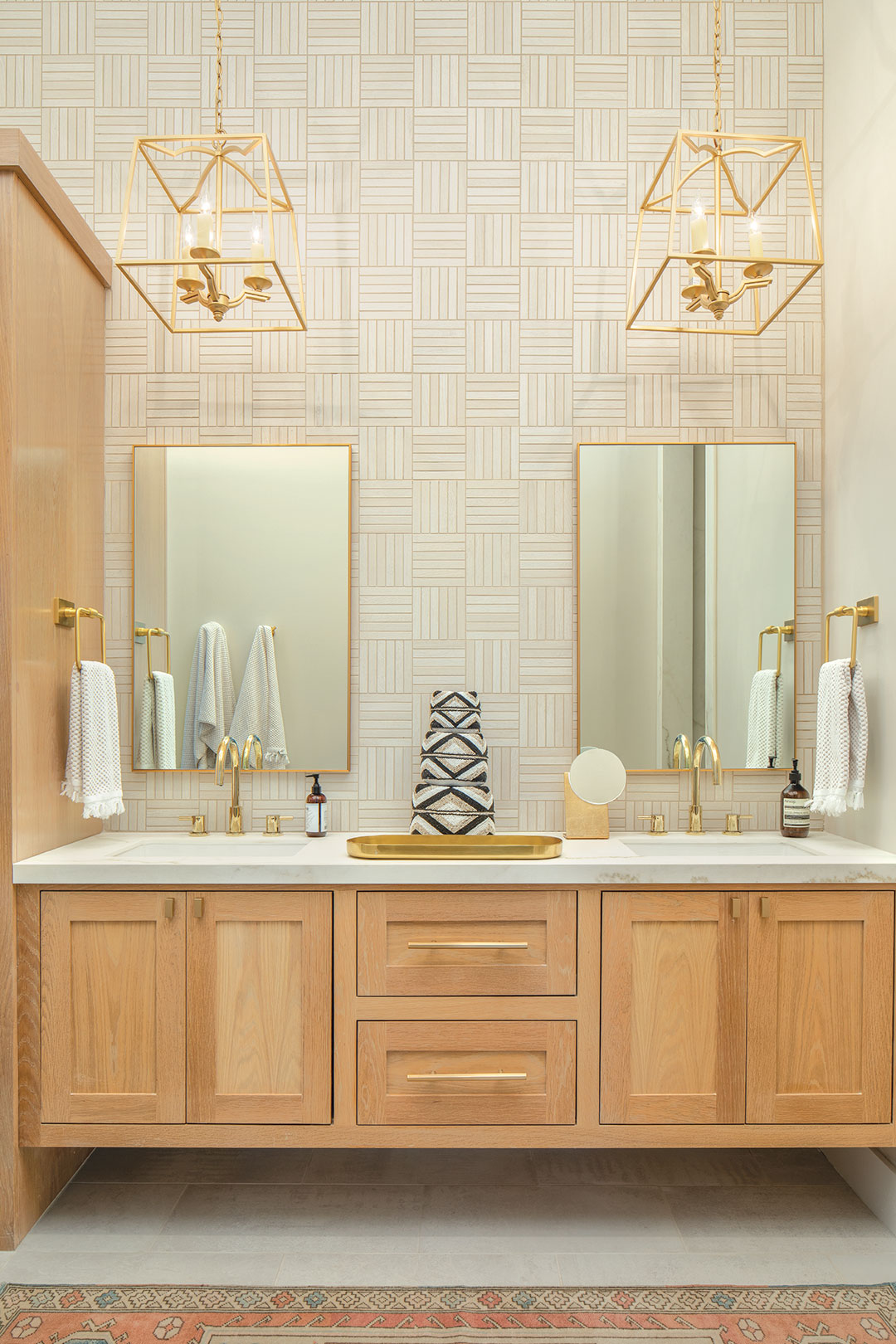
Double the Style with Two-Tile Patterns
Combining just two tile patterns can unlock a world of creative potential. Whether you’re pairing contrasting shapes, sizes, or finishes, two-tile patterns offer a versatile and visually striking way to personalize any space. From subtle pairings that add depth to bold layouts that demand attention, these dynamic duos create truly one-of-a-kind installations.

Color Patterns: Add Personality to Classic Layouts
Sometimes, it’s not the tile shape that transforms a space—it’s the color. By using multiple hues in a familiar layout like staggered brick, you can turn a timeless pattern into something totally fresh and unexpected. Whether you’re working with bold contrasts or soft tonal shifts, color-driven patterns provide a smart and stylish way to infuse personality into any design.

Floor Tile Patterns That Make an Impact
Grid or Diamond Grid Layouts
Minimalist and modern, straightforward grid and diamond grid floor tile patterns work especially well with large-format porcelain floor tiles. Grid layouts are great for letting texture or color shine.

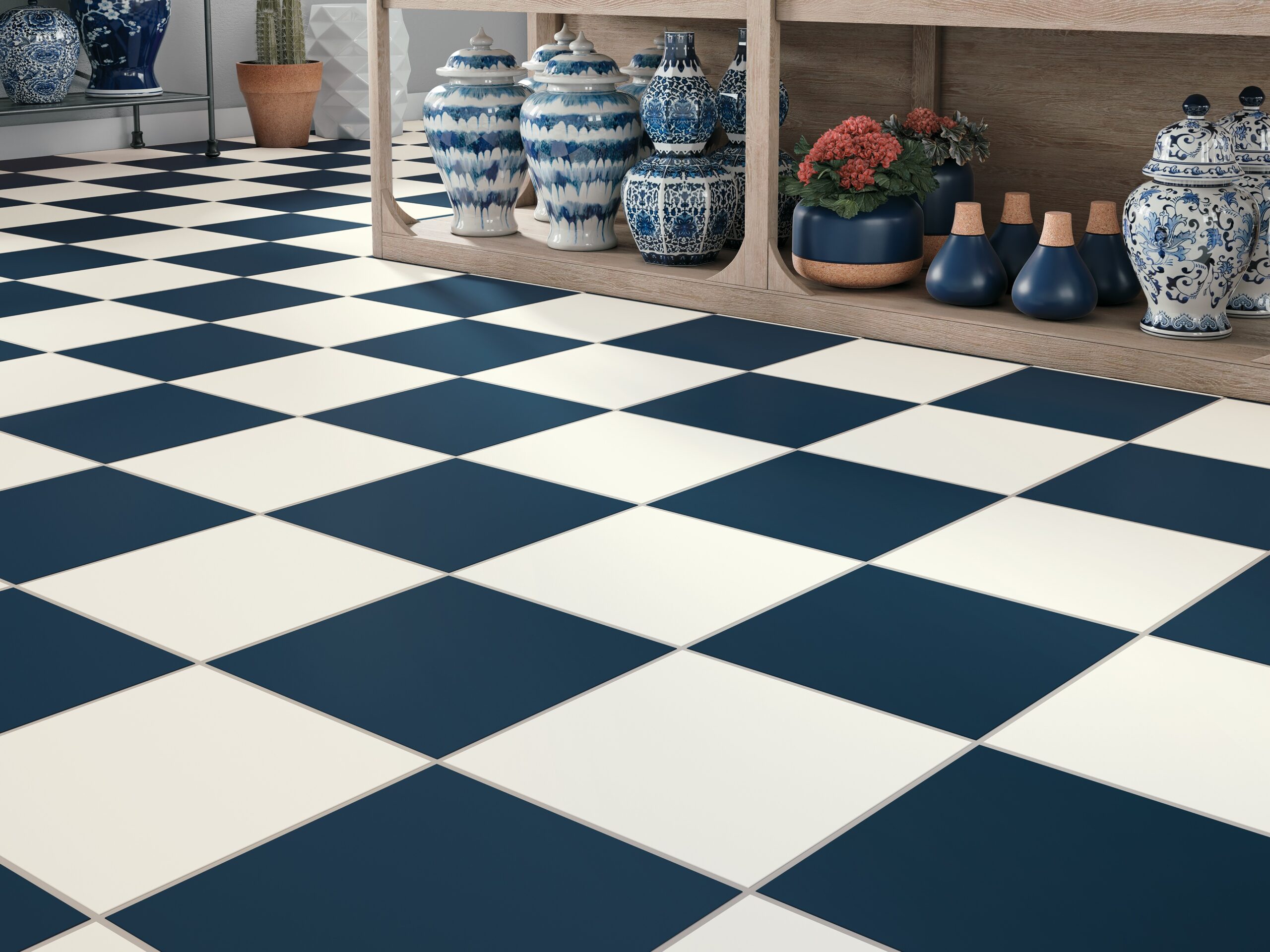
Pinwheel (or hopscotch):
A playful layout using a smaller square tile within a larger one. It’s a smart way to introduce rhythm and break up solid spaces, particularly in powder rooms or laundry areas.
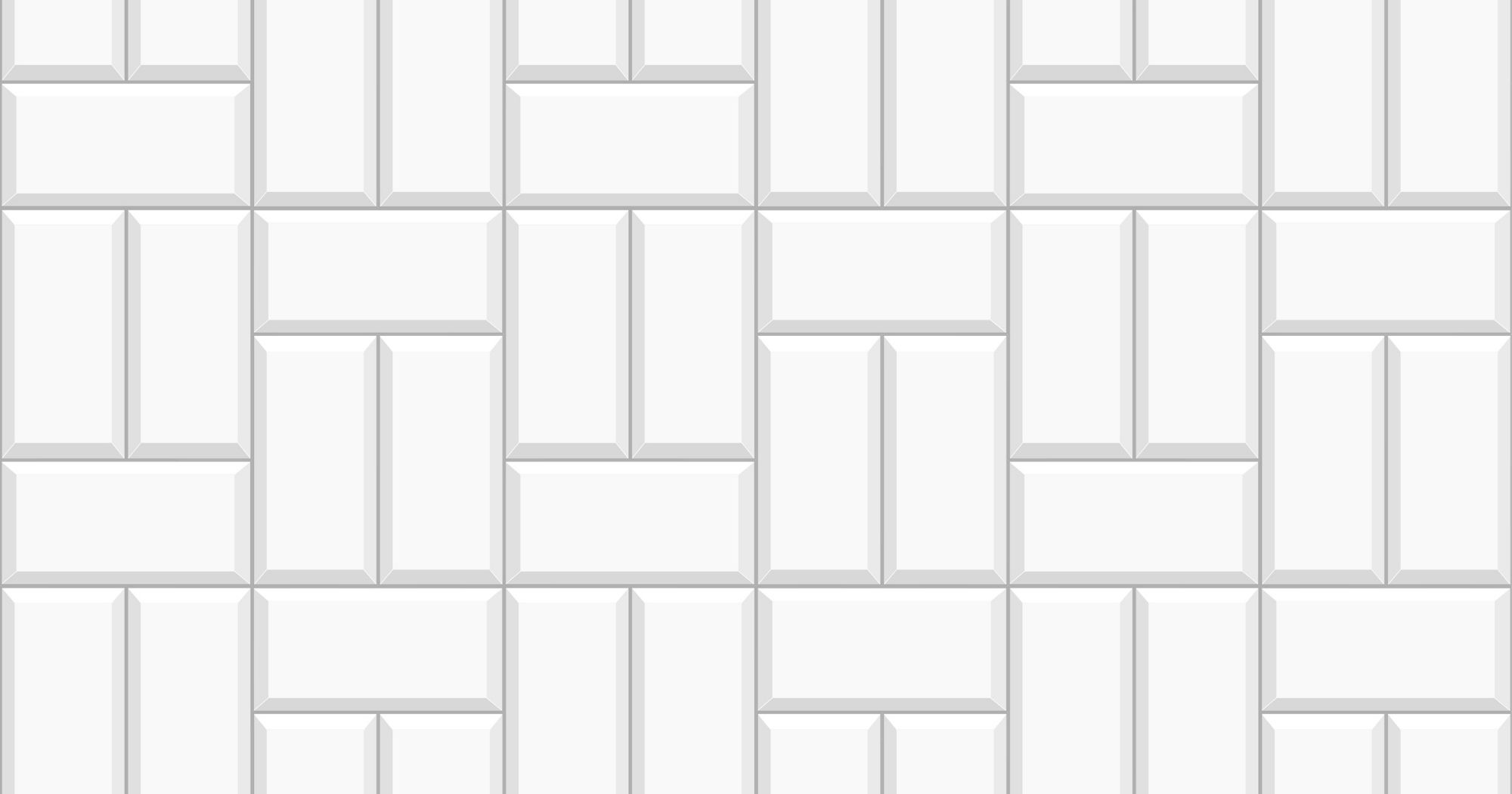
Shapes, Geometry & Going Off Script
Herringbone
This classic pattern works across the board—from ceramic walls and backsplashes to long porcelain hallway floors. It adds movement without being too busy.
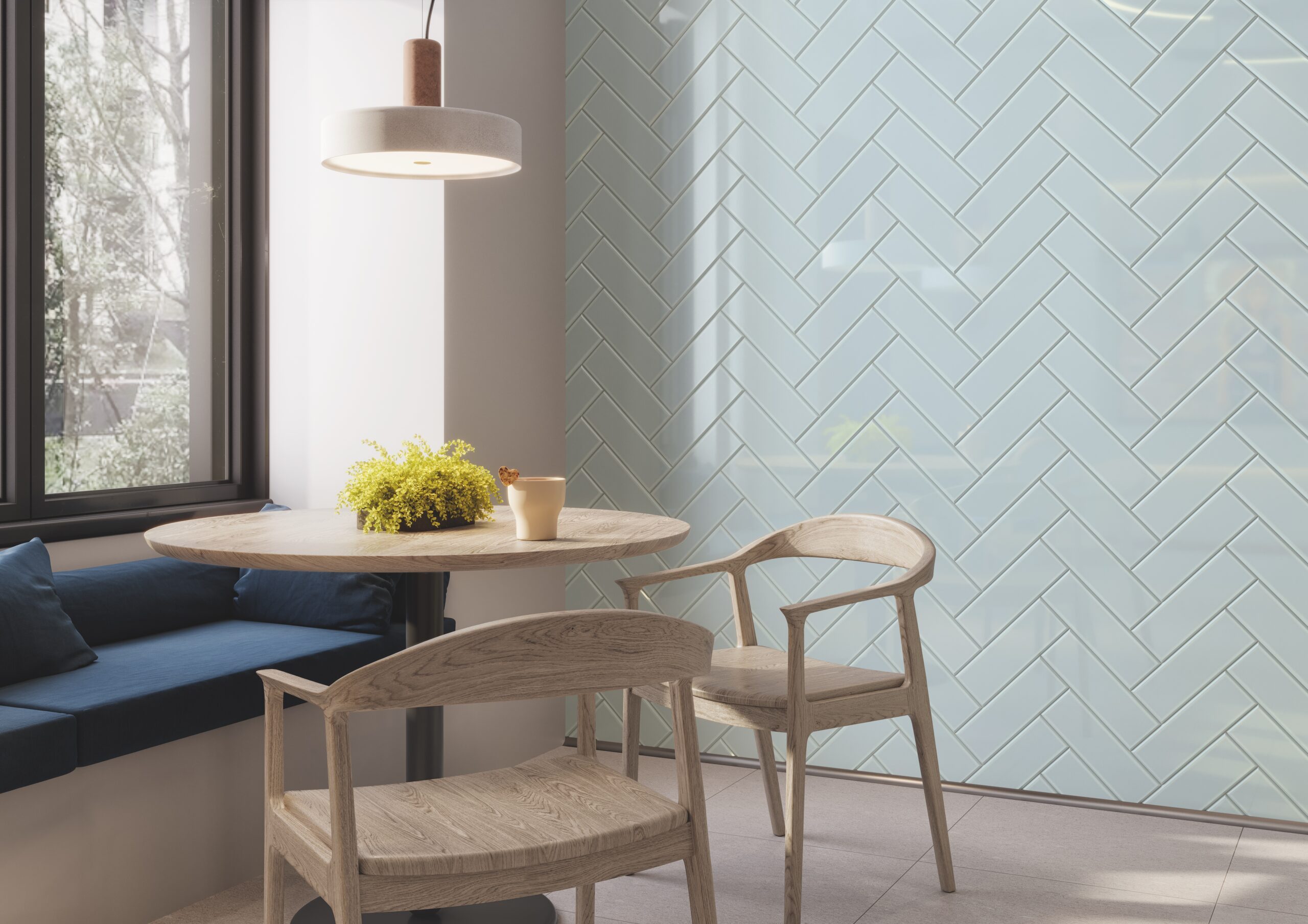
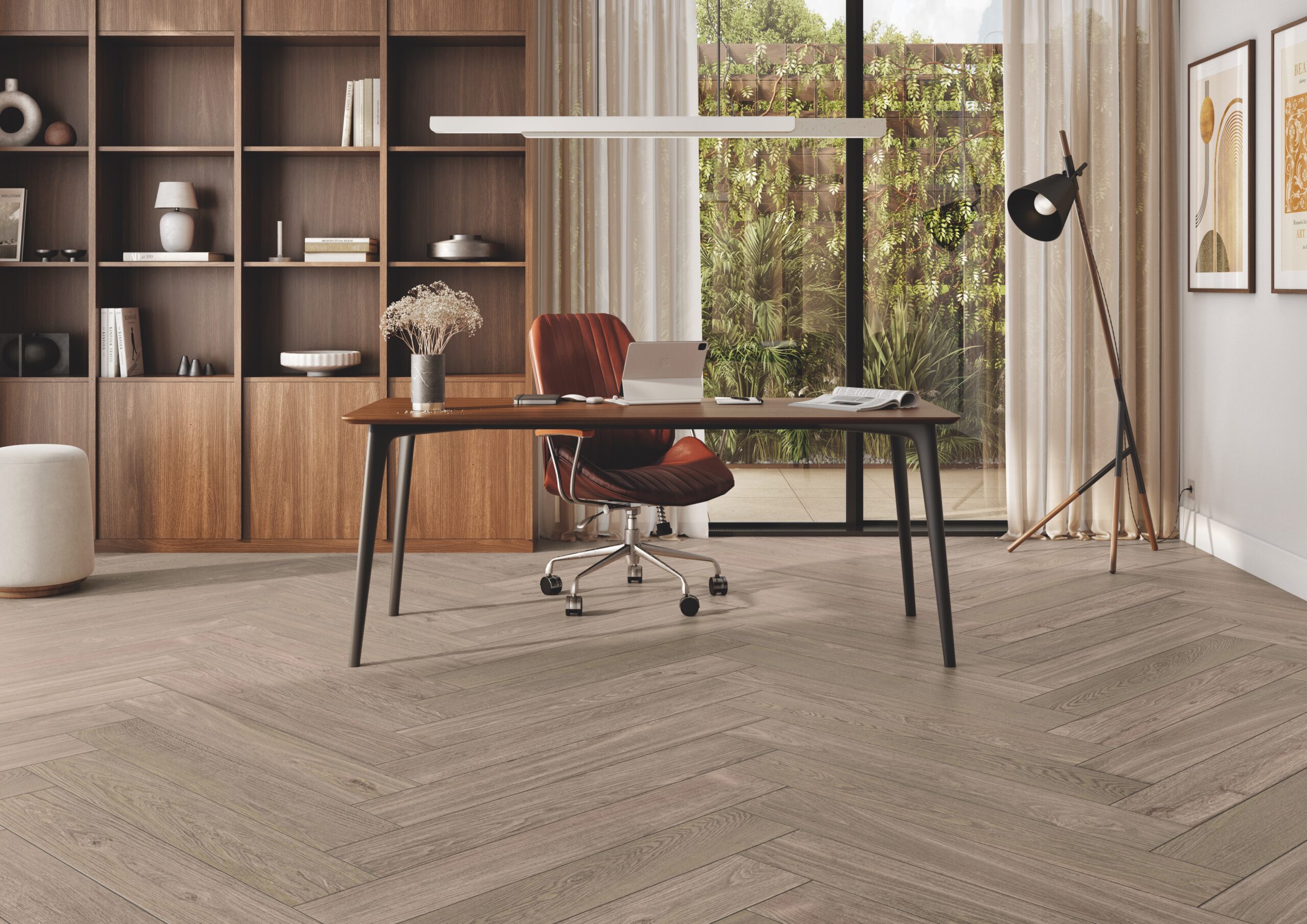
Chevron
Bold and directional, chevron tile patterns create a sense of motion and sophistication. Use chevrons in long corridors or entryways for maximum impact. The chevron pattern is also ideal for creating walls and backsplashes that offer a dynamic, visually engaging look, subtly influencing the way a space feels.
Not sure how herringbone and chevron tile patterns differ? This side-by-side sketch shows the distinction: herringbone tiles meet at a staggered angle, while chevron tiles are cut to form perfect points. Both create directional flow, but with unique visual effects.
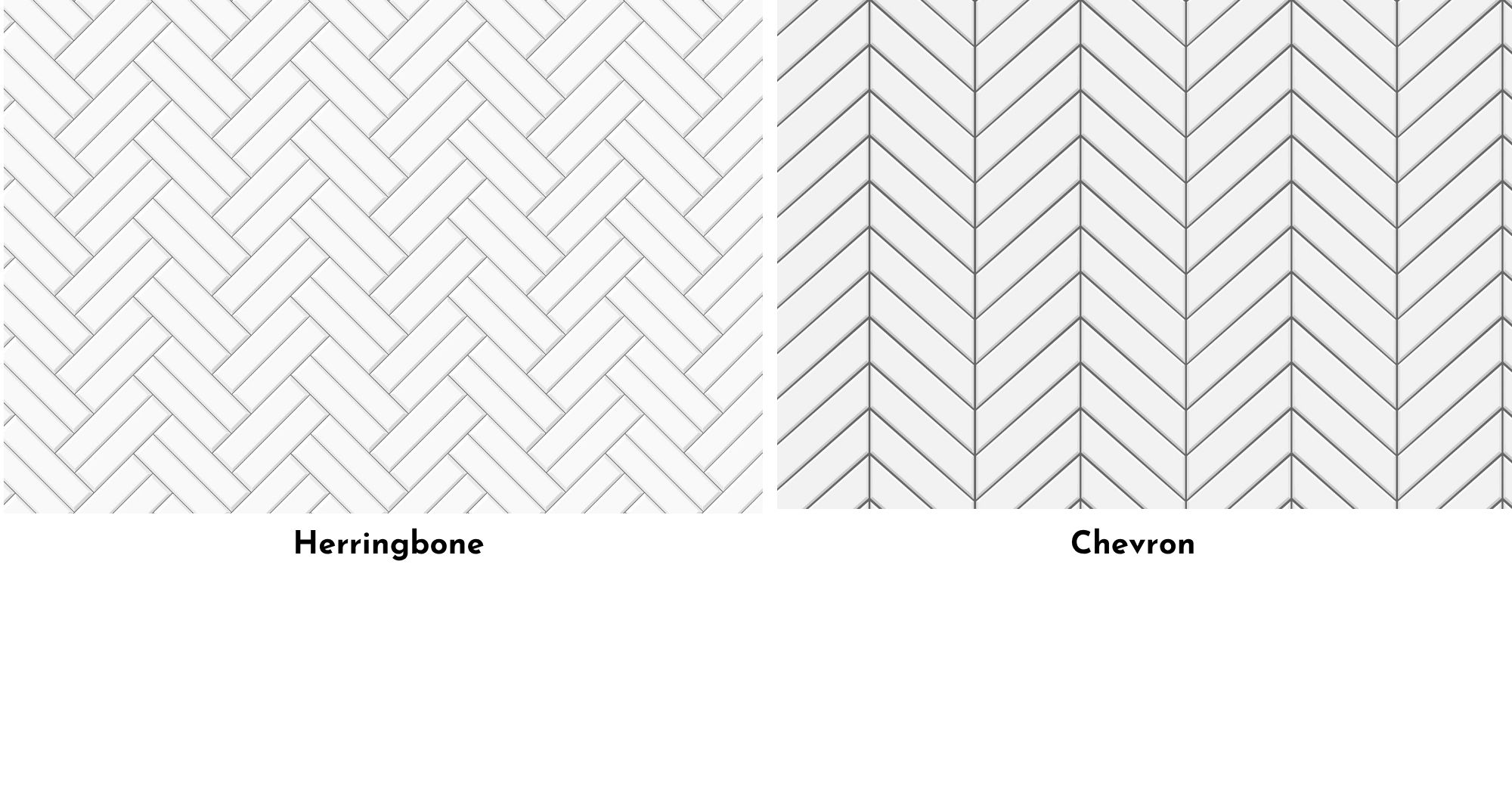
Basketweave
Basketweave tile patterns offer a vintage-inspired look that brings texture and charm. Often used with smaller mosaic tile formats, basketweave patterns are ideal for kitchen backsplashes and bathroom shower floors (the multiple grout lines in the basketweave design contribute to better traction.
Triangles and Multi-Directional Graphic Patterns
Shades 2.0™ Porcelain Floor and Wall Tile Collection
When our beloved Shades™ collection reemerged as Shades 2.0™ a couple of years ago, the 13 new colors were notable, a big story for this collection focused on the offering of a triangle shape and multi-directional, graphic-patterned accent tiles; both are absolute stand-out features.
Let’s Talk Triangles
With Shades’s 12” right triangle, designers can create stunning, geometric patterns, and installers won’t have the headache of cutting tile to achieve the desired looks. Imagine installing two triangle tiles together in contrasting or complementary colors; the configuration forms a 12” square yet offers an angular, visually interesting pattern. Use the triangles to form arrow-like patterns, chevrons, and more.

Play with Patterns
The multi-directional, graphic-patterned accent tile options of Shades 2.0 are adventurous, bold design elements that evoke a nearly tribal feel and are far from ordinary. Designers may choose to install the surface visuals’ patterns and soft striations in the same direction for a clean, continuous look or alternate directions to create a more varied, textural appearance.
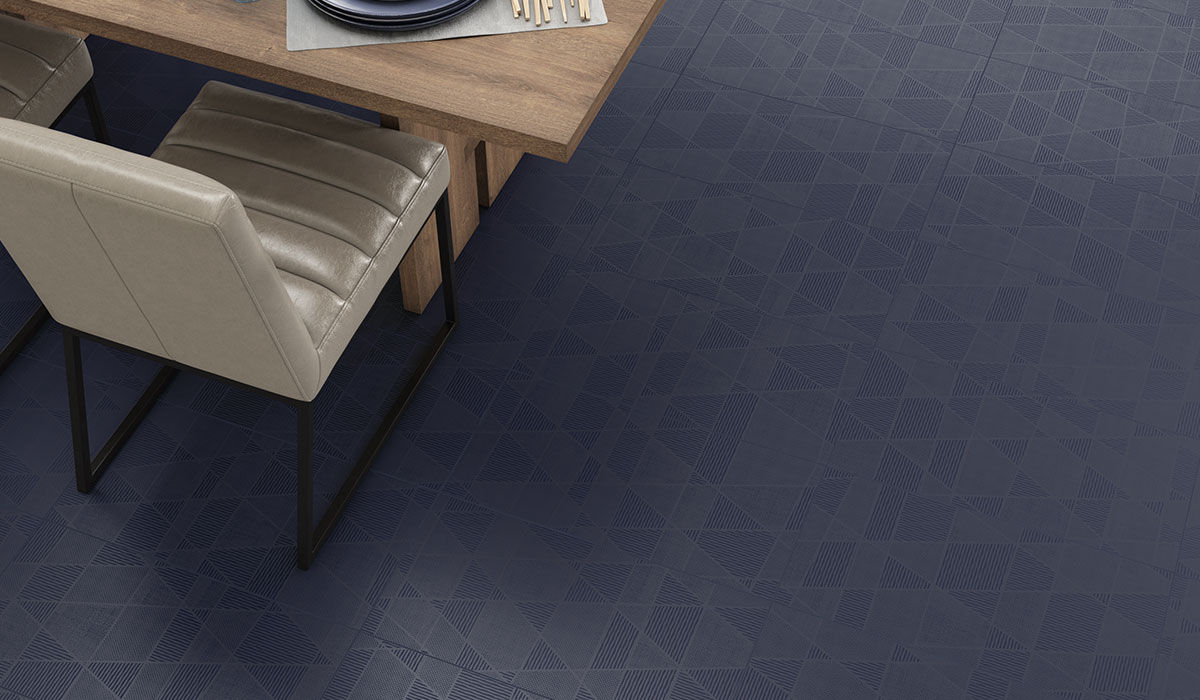
Visualization Tools to Support Your Designs
Not sure where to start? Crossville’s Cursive Pattern Visualizer and Snippet Pattern Builder let you test ideas and explore color, shape, and layout combinations in real time. They’re the perfect tools for designing tiled wall features that feel custom and cohesive.
Want more pattern inspiration?
Browse our Floor Patterns guide and Mosaic Patterns guide for layout ideas and installer-friendly diagrams.
Ready to Find Your Pattern?
Whether you’re designing a statement floor, a feature wall, or both, the right tile pattern brings your vision to life. And the best part? You don’t have to imagine it—you can experience it for yourself.
Order a free tile sample through Sample Express to see how your favorite layout looks and feels in person. From timeless classics to creative combinations, your perfect pattern is just a few tiles away. Ordering a tile sample is as simple as clicking a button — and samples are always free.
Want Even More Tools to Support Your Design Process?
Set up a Crossville account to save your favorite products and resources, create and organize projects, and review sample order history
It’s fast, free, and designed to simplify your spec process from inspiration to installation.

